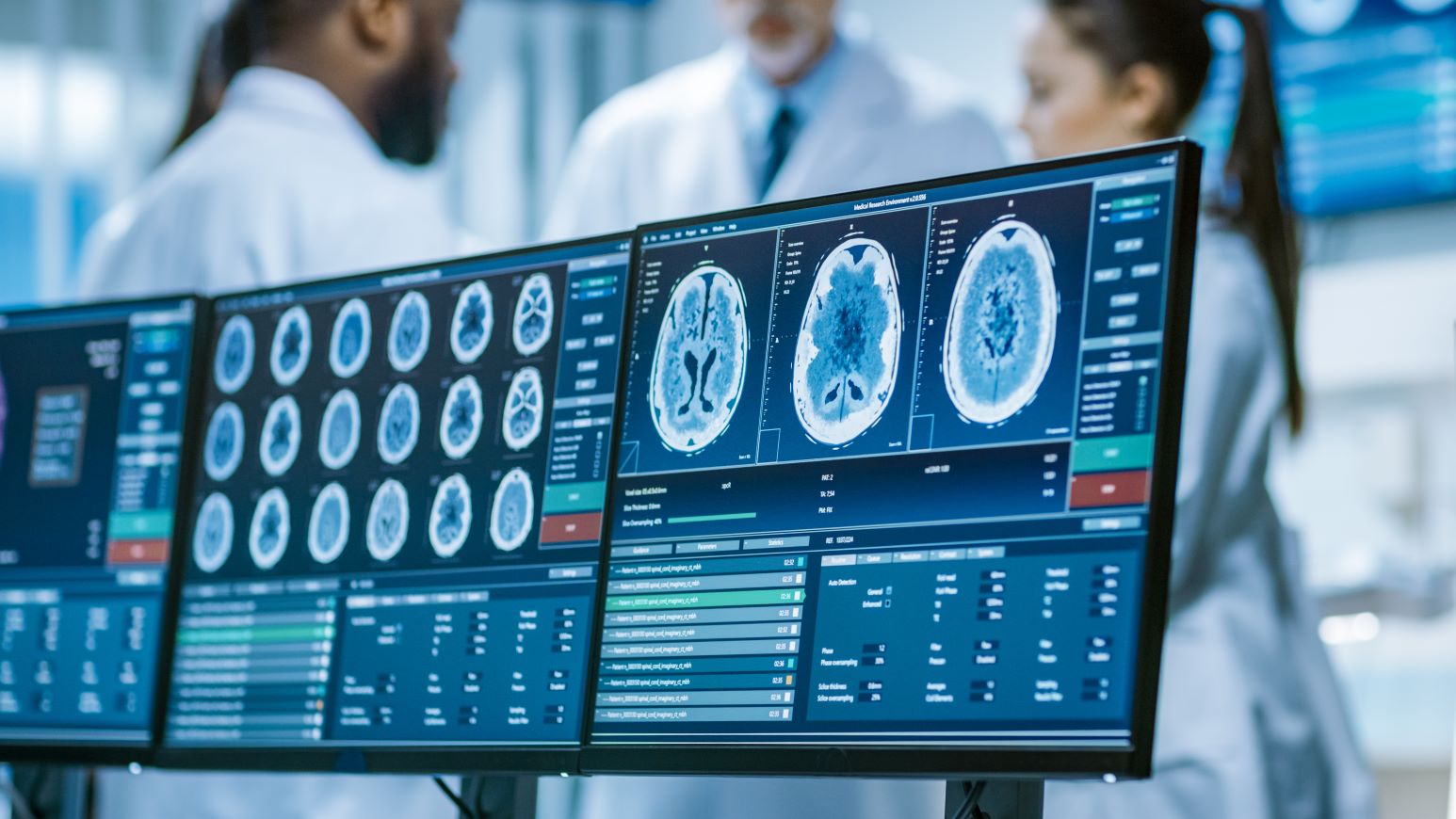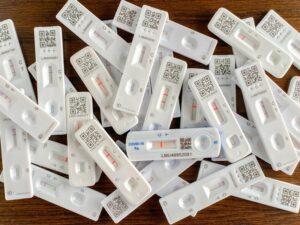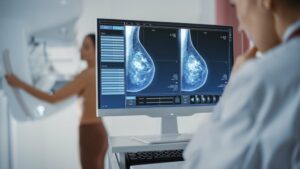<!–
–>

Diagnostic imaging will become an increasingly vital part of the healthcare pipeline as more and more people require insight into their physical ailments. The diagnostic imaging market is expected to reach sales of $31.9bn in 2023, with steady growth to sales of $45.8bn in 2030, at a compound annual growth rate (CAGR) of 4.8%, according to GlobalData, a leading data and analytics company. A significant amount of this growth can be attributed to an increase in the prevalence of chronic diseases, paired with an ageing population, creating greater demand for these imaging procedures. The market is also still being impacted by the recovery from the Covid-19 pandemic, as imaging needs were not met during the pandemic and the market is still attempting to catch up to the backlog of demand.
As a result of the pressures on this market, companies are attempting to produce more advanced technologies and more accessible procedures to address the growing demand for imaging. This has placed more emphasis on developing products centred on point-of-care diagnostics such as hand-held or portable ultrasound devices, which saw a huge boom in usage during the Covid-19 pandemic. According to GlobalData’s Pipeline Products database, there are approximately 1,949 imaging-related devices in the development and testing stages, 112 of which are on track to gain approval in 2023.
The use of artificial intelligence (AI), virtual reality (VR), and augmented reality (AR) in diagnostic imaging are trends that are set to become more common. While AI will not take the place of radiologists any time soon, it can aid in the diagnostic process to identify points of interest to support radiologists. Additionally, AR and VR have been shown to be excellent educational tools and are slowly being recognised in the radiology network as well.
One major challenge to the diagnostic imaging space is cost. For example, for magnetic resonance imaging systems, which constitute 20% of the diagnostic imaging market, one machine costs a minimum of $150,000. However, high-end systems can cost $1m or more. Finding methods to greatly reduce the price of imaging systems will improve their accessibility, allowing the market to expand to a greater proportion of the population. Some companies are already looking to accomplish this goal. While changes to diagnostic imaging technology and imaging processes can be slow, these advancements are steadily contributing to the growth of the market.
<!– GPT AdSlot 3 for Ad unit 'Verdict/Verdict_In_Article' ### Size: [[670,220]] —
!– End AdSlot 3 –>
- SEO Powered Content & PR Distribution. Get Amplified Today.
- Platoblockchain. Web3 Metaverse Intelligence. Knowledge Amplified. Access Here.
- Source: https://www.medicaldevice-network.com/comment/diagnostic-imaging-steady-growth/
- 000
- 1
- 2023
- a
- accessibility
- accessible
- accomplish
- According
- Ad
- Additionally
- address
- advanced
- advancements
- AI
- Aid
- Allowing
- already
- amount
- analytics
- and
- annual
- approval
- approximately
- AR
- artificial
- artificial intelligence
- Artificial intelligence (AI)
- attempting
- augmented
- Augmented Reality
- augmented reality (ar)
- become
- being
- boom
- CAGR
- Catch
- challenge
- Changes
- Common
- Companies
- company
- Compound
- constitute
- contributing
- Cost
- Costs
- COVID-19
- COVID-19 pandemic
- Creating
- credit
- data
- Database
- Demand
- developing
- Development
- Devices
- Diagnostic imaging
- diseases
- during
- educational
- emphasis
- example
- excellent
- Expand
- expected
- finding
- from
- Gain
- GlobalData
- goal
- greater
- greatly
- Growing
- Growth
- healthcare
- However
- HTTPS
- huge
- identify
- Imaging
- impacted
- improve
- in
- Increase
- increasingly
- insight
- Intelligence
- interest
- IT
- leading
- looking
- machine
- major
- Market
- methods
- minimum
- more
- needs
- network
- ONE
- paired
- pandemic
- part
- People
- physical
- pipeline
- Place
- plato
- Plato Data Intelligence
- PlatoData
- points
- population
- price
- procedures
- process
- processes
- produce
- Products
- radiology
- Rate
- reach
- Reality
- recognised
- recovery
- reduce
- require
- resonance
- result
- sales
- set
- Share
- shown
- Shows
- shutterstock
- significant
- Size
- slow
- Slowly
- some
- Soon
- Space
- stages
- steady
- Still
- such
- support
- Systems
- Take
- Technologies
- Technology
- Testing
- The
- their
- Through
- time
- to
- tools
- track
- Trends
- ultrasound
- unit
- Usage
- use
- Virtual
- Virtual reality
- vital
- vr
- which
- while
- will
- zephyrnet












